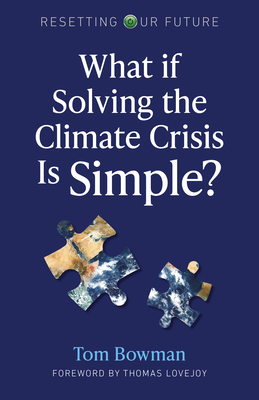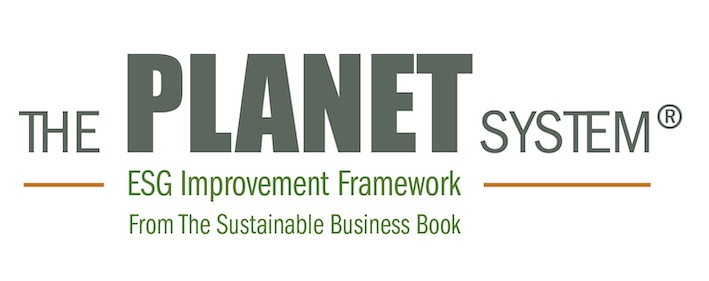 What If Solving The Climate Crisis Is Simple? – Tom Bowman
What If Solving The Climate Crisis Is Simple? – Tom Bowman
The one sentence summary: The climate crisis is often described as a wicked problem that is beyond us, but that’s not true – we can solve it.
WHAT THE BOOK SAYS
- Wicked problem is a term given to challenges that are essentially too complex to solve. This could be due to all sorts of reasons, including essential information that is hard to identify, impossible to get or constantly changing. The problem itself may even defy definition.
- The trouble is that defining the climate crisis in this way is unhelpful because it causes people to lose hope and believe they are powerless. We need to set this notion aside and hang our mental picture of global warming upside down. This analogy comes from an art professor who suggested that, when nothing seems to be working, hang the picture upside down and then go home. You will see the problem differently when you come back.
- The key to solving the climate crisis can actually be distilled down to a very simple statement: Stop burning fossil fuels well before mid-century and absolutely, positively do not fail.
- This is a stretch goal with just one metric that can empower change. It is designed to move people from helplessness to hopeful empowerment.
- With this simple premise in mind, every decision that people make in the normal course of their lives now has a companion question: How shall we do this without burning so much coal or oil or natural gas?
- To get this down to a simple, personal level, try this mantra:“Make every decision a green decision.”
- Once you believe that it is your problem to solve, use an adaptive approach. Re-examine everything you do – every idea is worth considering. This approach solves a surprising number of other problems on the way.
- In their book Switch: How to Change Things When Change Is Hard, Chip and Dan Heath demonstrate that knowledge and willpower are not enough to create meaningful change. Neither is emotion on its own, nor changing the material circumstances on its own.
- Lasting change only happens when three components are aligned: reason, emotion and a clear path. The Heaths call this combination the rider (reason), the elephant (emotion), and the path (clear path).
WHAT I PARTICULARLY LIKED
- Cultural identity can overpower scientific reasoning. Dispensing more information will not get the job done, because people just retrench and reinforce their existing ideas. Instead, make it personal.
- Recognise the heroes: real people who can make a big difference.
- Celebrate our diversity: people overestimate how widely their values are shared. Don’t lecture people to do what ‘we’ think.
- Align reason and emotions and clear the path: appeal to better nature and make it easy for people to act.
- Break the ice: encourage balanced conversation about the issue rather than confrontation.
- Take a psychological step: encourage people to cross a line in the sand – any small step will do.
- The UN’s name for public engagement is Action for Climate Empowerment (ACE). The strategic plan requires collaboration across many disciplines:
- Climate science: to focus on choices that matter and get the facts right.
- Decision science: to identify the facts that matter most when people make their decisions.
- Social science: to describe people’s perception of those critical facts and their goals when making choices.
- Talanoa is a Fijian process that builds empathy and makes wise decisions for the collective good. In this, people are encouraged to set aside combative negotiation agendas and resist the temptation to blame others. Everyone participates as equals, sharing stories, and build understanding and trust.
- To get all this done people need to overcome dread and despair, expand their boundaries and take ownership. The message to individuals is to take a risk, draw a new line in the sand for yourself, make sure it challenges your comfortable identity, and then cross it.
WHAT YOU HAVE TO WATCH
Not much. This is a short, fast read and there are good resources at the back if you want to take action, but, as ever, that’s the hard part.





Leave A Comment
You must be logged in to post a comment.